By A Mystery Man Writer
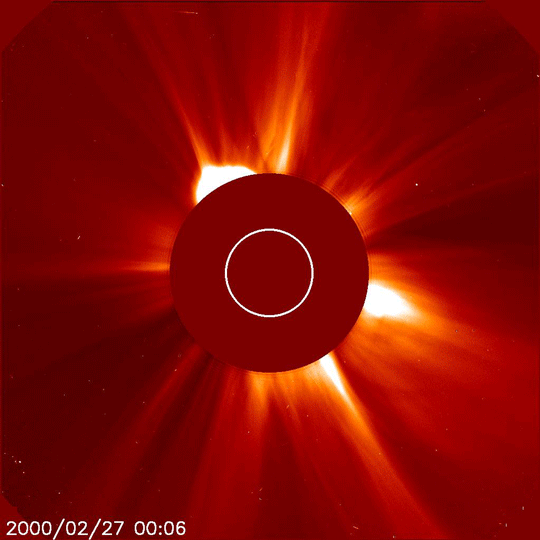
A total solar eclipse happens somewhere on Earth about once every 18 months. But because Earth
A total solar eclipse happens somewhere on Earth about once every 18 months. But because Earth's surface is mostly ocean, most eclipses are visible over land for only a short time, if at all. The total solar eclipse of Aug. 21, 2017, is different - its path stretches over land for nearly 90 minutes, giving scientists an unprecedented opportunity to make scientific measurements from the ground.
Solar Eclipse Science: Supercomputers Show How Totality Will Look
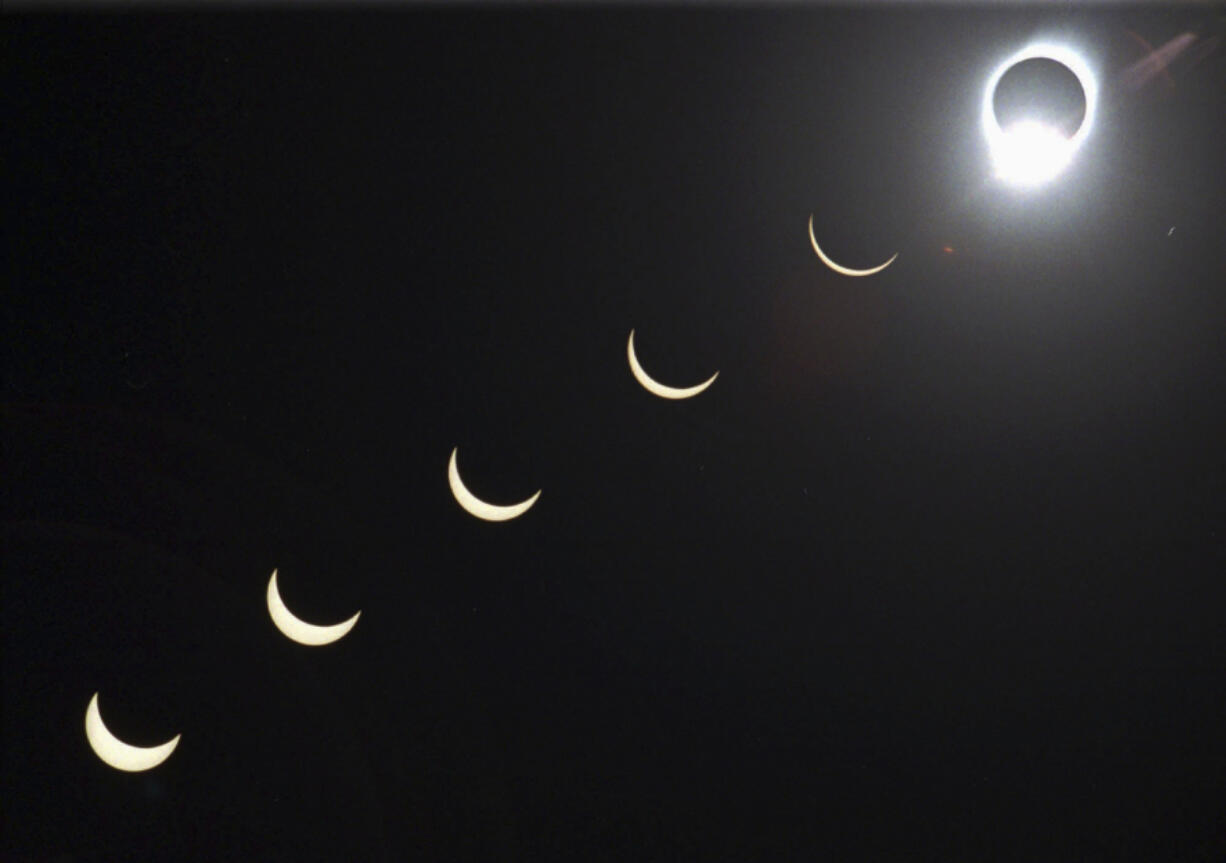
April's total solar eclipse is a month away. Here's why it's worth the watch and how to stay safe - The Columbian

NASA's BITSE solar scope is ready for balloon flight over New Mexico

Studying the Sun's Atmosphere with the Total Solar Eclipse of 2017

EL DISPENSADOR
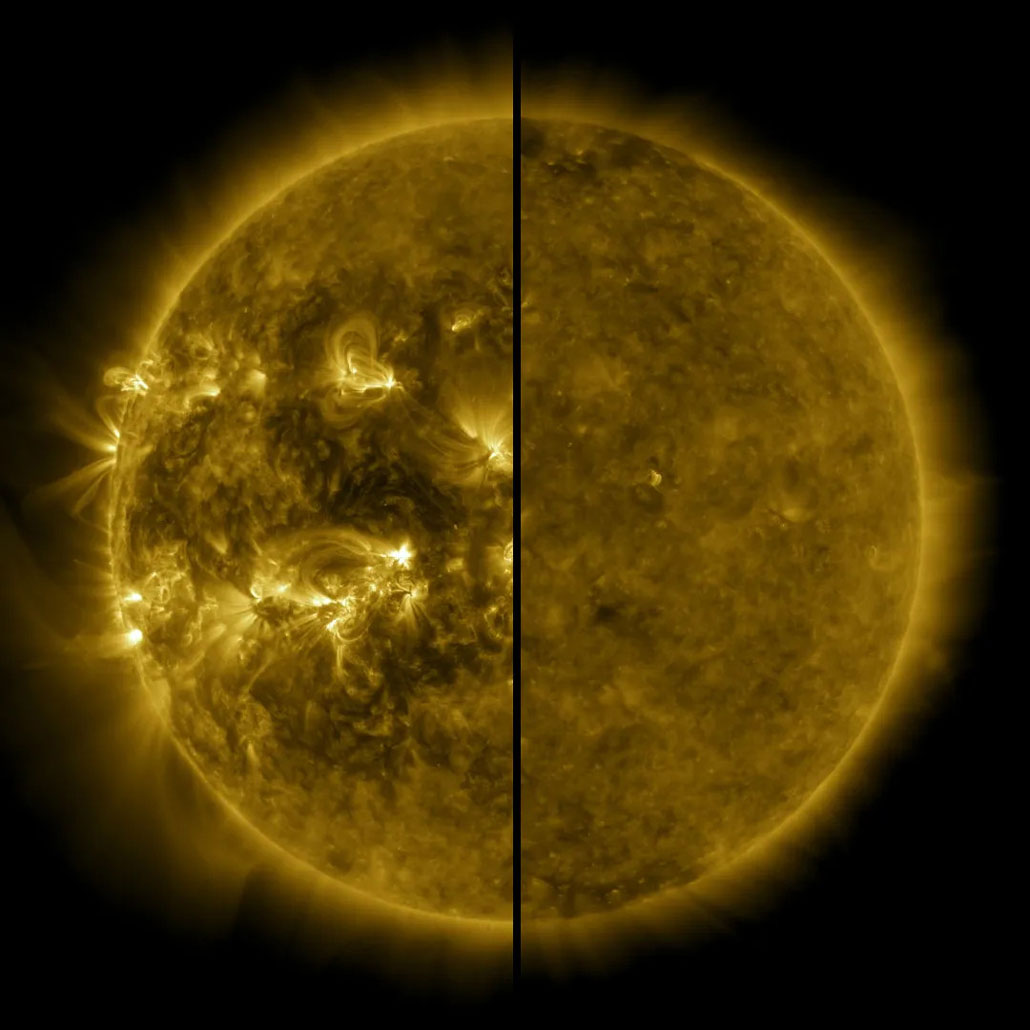
Get ready for the 2024 total solar eclipse
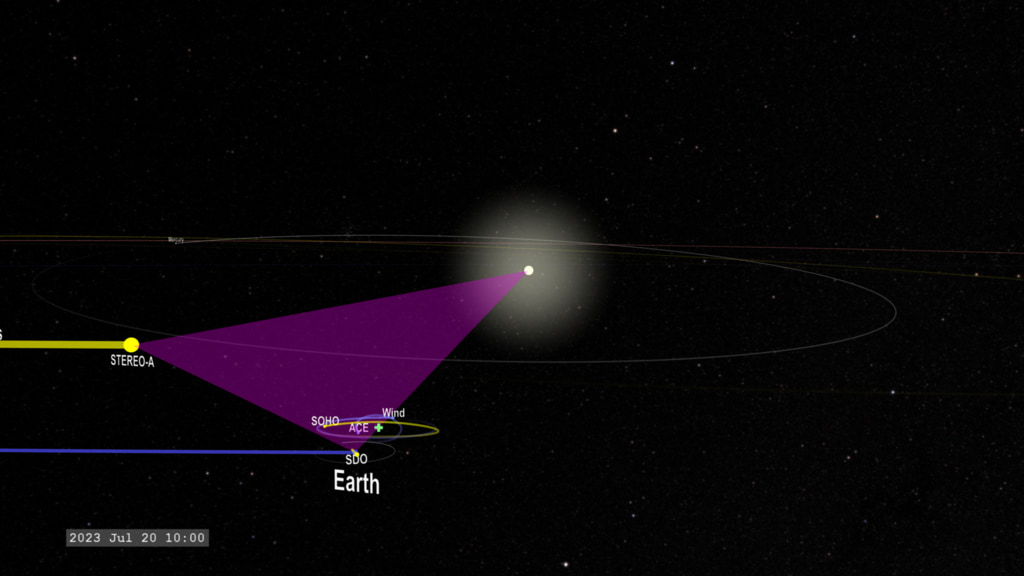
NASA SVS
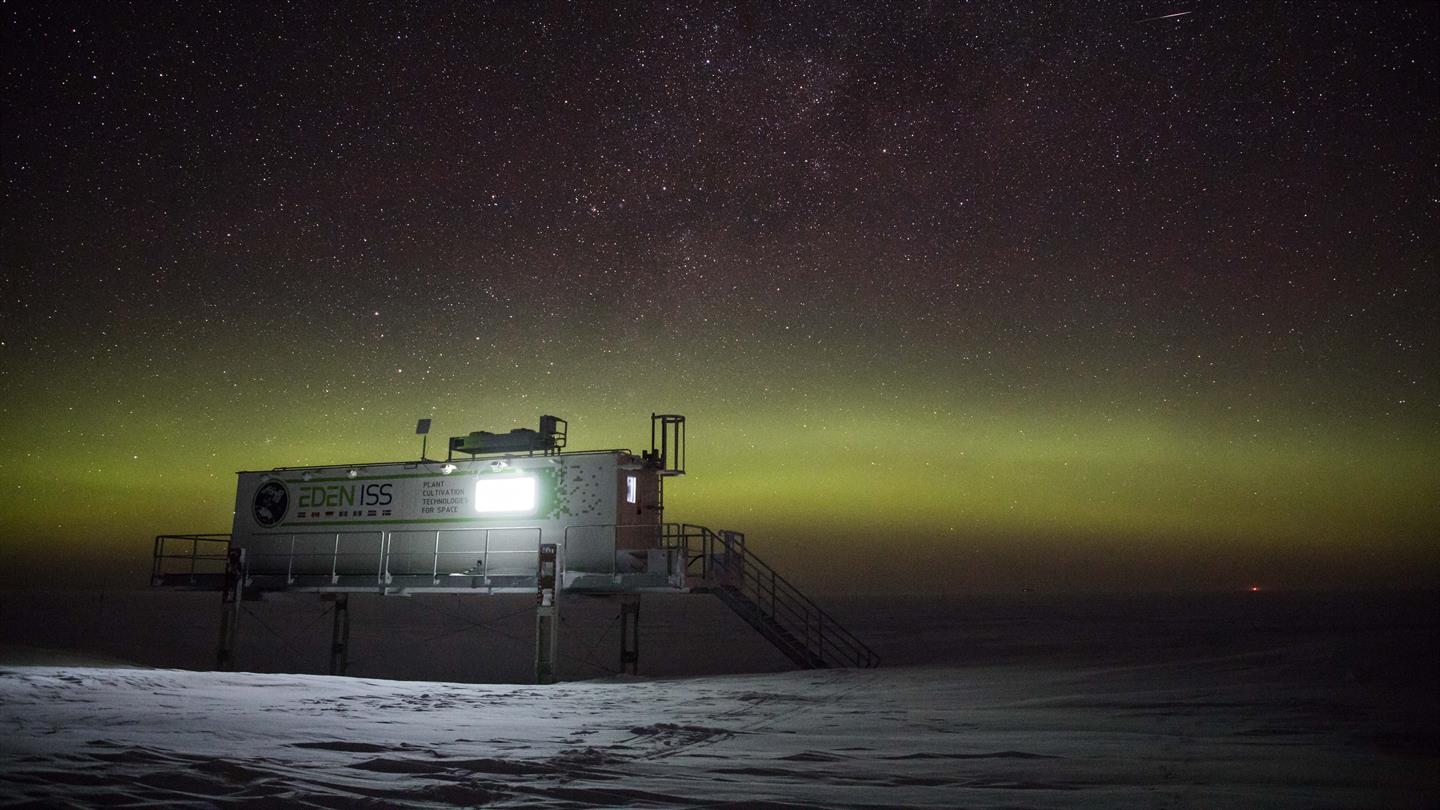
Astronomy – Page 344 – sciencesprings
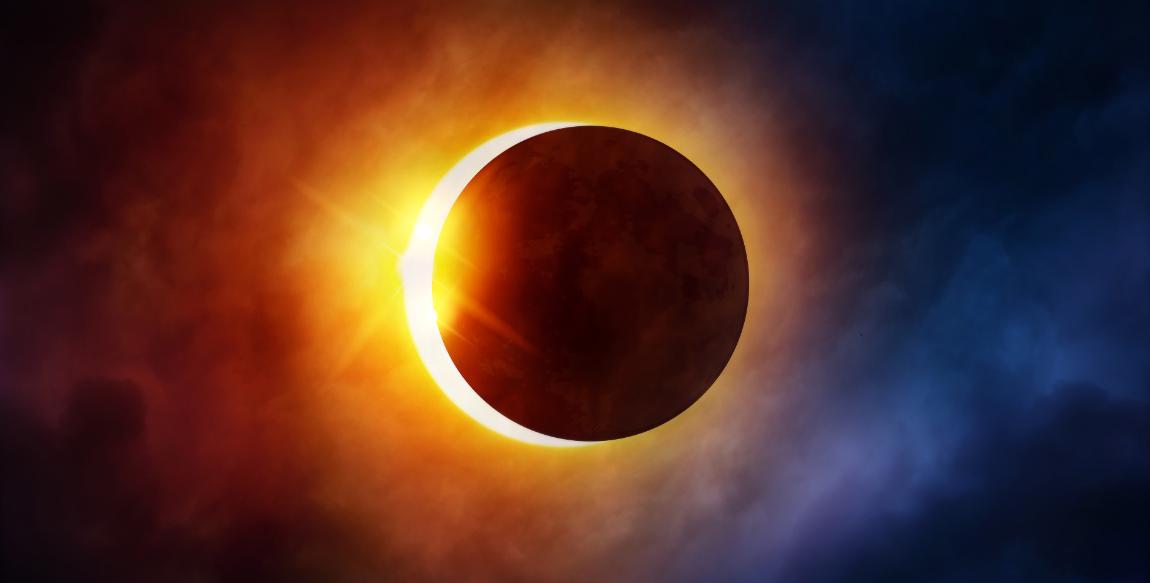
Solar eclipse watch party - Longwood University

ART of Eclipses and other Cosmic alignments!
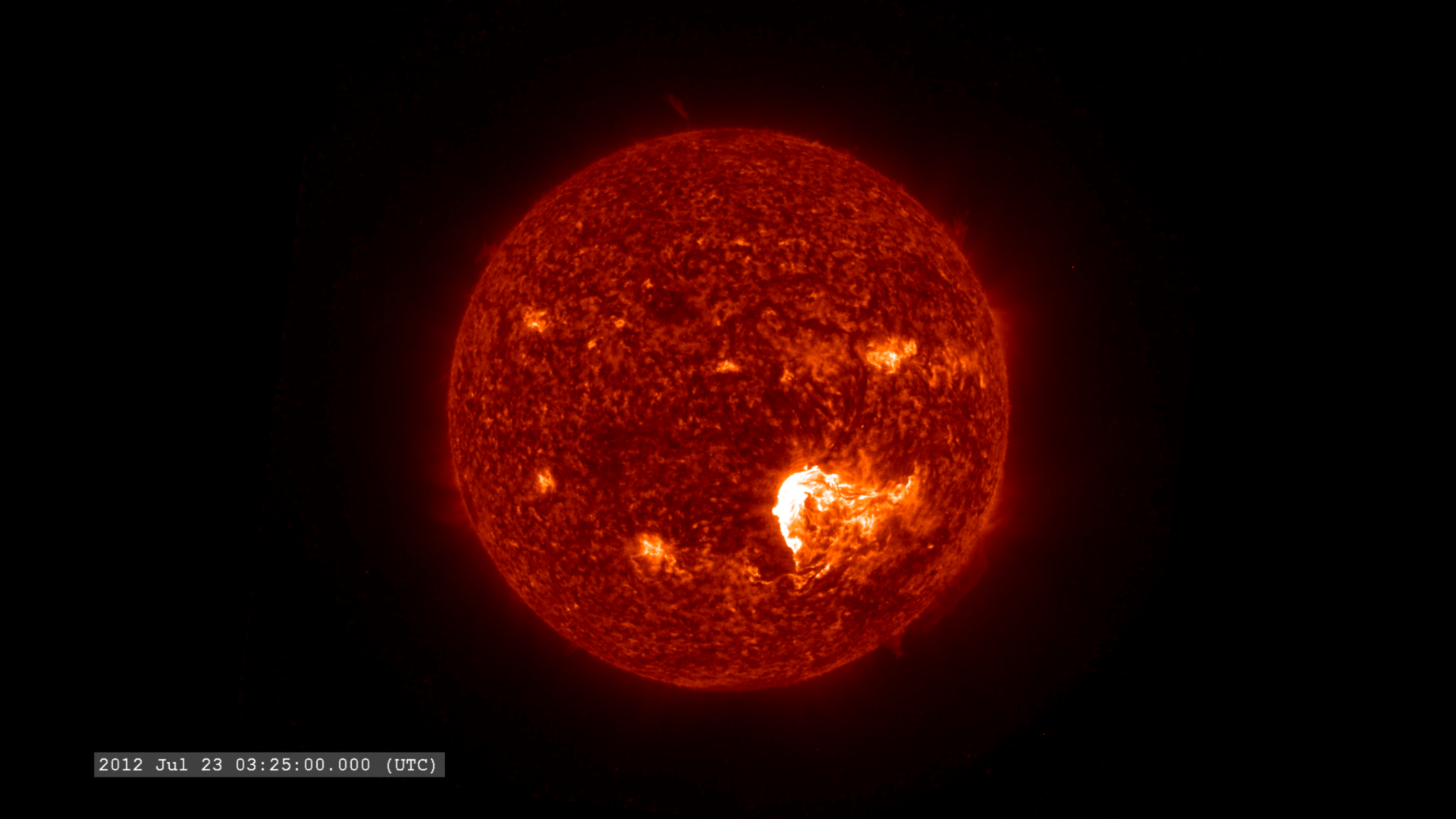
NASA SVS NASA's New Solar Scope Is Ready For Balloon Flight

Total Eclipse of the Sun: August 21, 2017